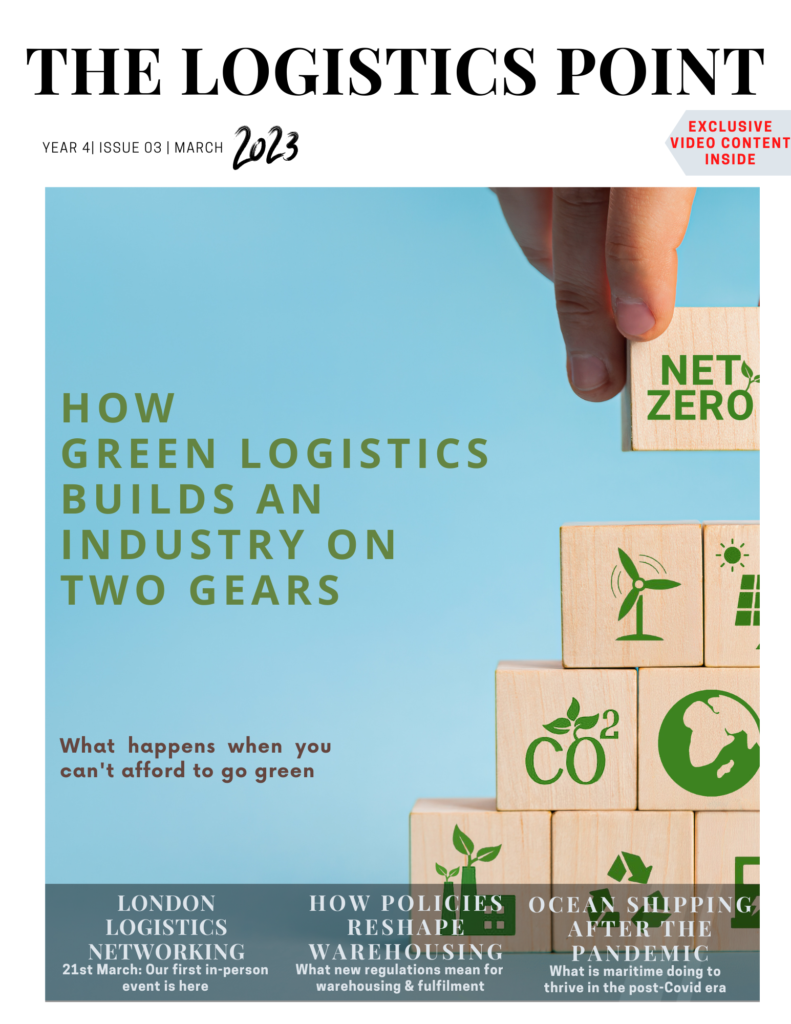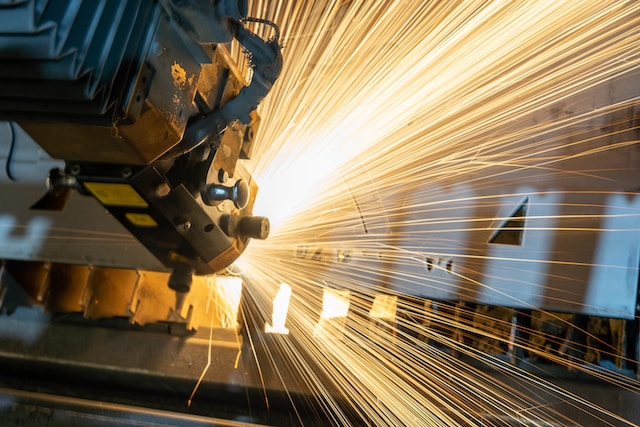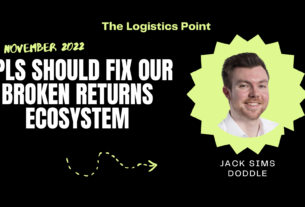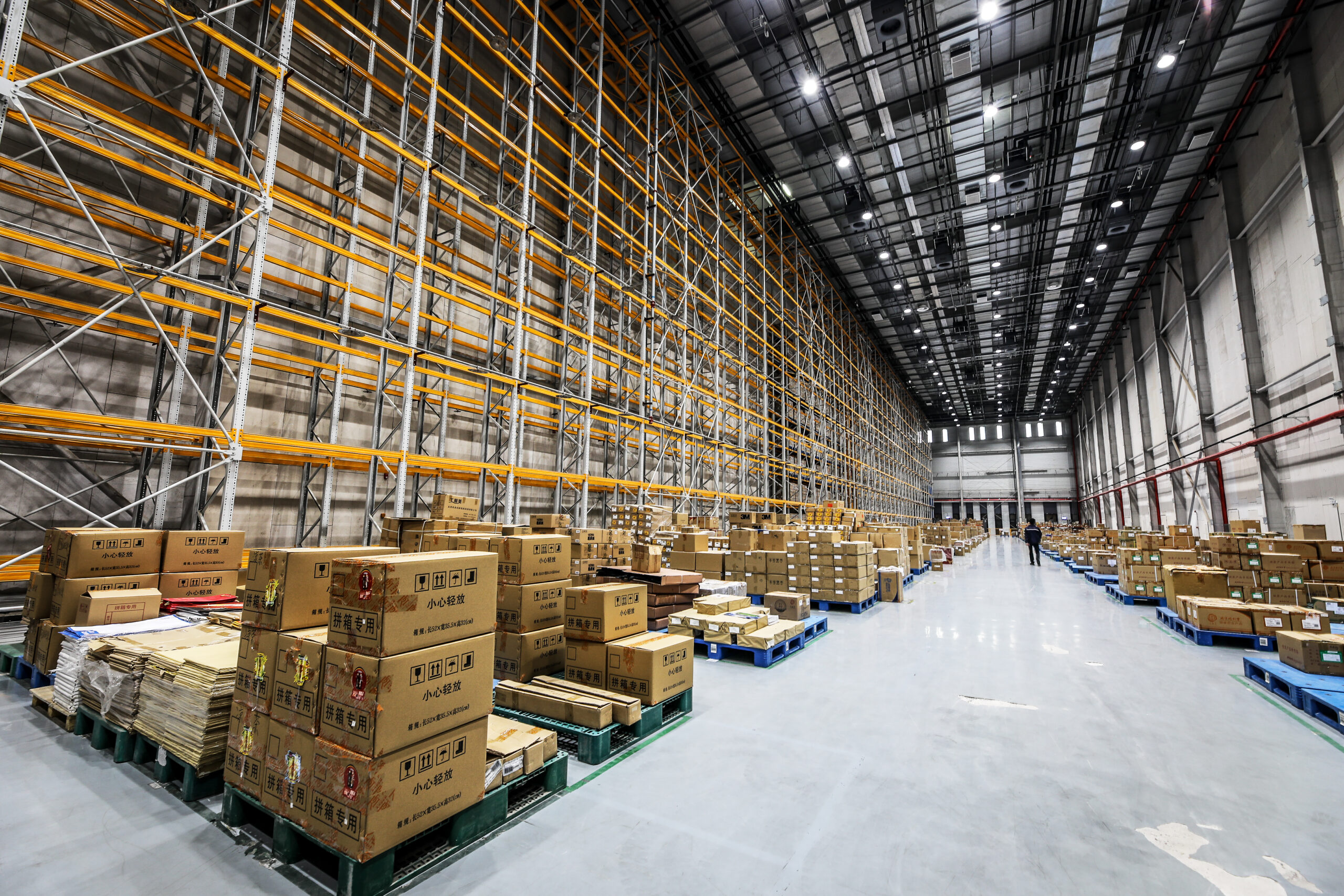Additive manufacturing is often discussed in terms of 3D Printing but there is more to it. Large and small organisations benefit from additive manufacturing by creating an ecosystem where parts can flow freely and obstacles do not create supply chain bottlenecks. We spoke to Martin Krona, President EMEA at Markforged, about the benefits of additive manufacturing for supply chains. More insights from our March digital magazine can be read here.

Join us for a morning of sustainability insights with top logistics specialists.
London Logistics Networking on the 24th May!
Martin, what is the difference between 3D Printing and Additive Manufacturing?
3D printing is usually what we use to describe a hobbyist using any kind of printer to print parts, typically for prototyping. Whereas additive manufacturing (AM) is more than just about the printer. It is about an ecosystem that comes together with the printer and is used across a wide range of industries.
The benefits of AM come from the combination of the hardware, software, the materials, the know-how and the expertise of the organisation. It relates often to certification of parts in end production.
How has it helped logistics and supply chain so far?
In 2020 during the pandemic we experienced severe supply chain issues caused by the dependency on China, especially in the semiconductor industry. Back then many thought that we lived in a very resilient world where you could deliver and order anything on demand. But suddenly it was not just about extending lead times; you just couldn’t deliver at all due to factories being closed down for weeks and, in some cases, months. As a result, we saw delivery times for everything from mobile phones and cars to parts for aeroplanes move from days to years. In some cases production stopped altogether, causing companies to shut down.
For those companies that had already invested in AM we saw more resilient and flexible production that enabled them to really survive during this difficult time. As a result, they came out stronger than before and some even managed to grow their business.

AM has helped companies in the supply chain to reduce risks. It can also help to reduce their environmental impact and their energy costs, and to improve their overall throughput. This is exactly what AM brings to manufacturing: point of need production.
Is there a specific sector where additive manufacturing is most useful for?
The majority of companies that are building something can benefit from AM, specifically when it comes to spare parts- machinery and automation companies with mission critical parts such as defence and military and aerospace, to name two.
This is even true for their own operations, in case something breaks. Many companies use AM to support their logistics operations because getting spare parts can often be hard or, in some cases, impossible.
AM also plays a critical role in inventory management. Companies can store blueprints online and manufacture parts on demand when needed, and in smaller quantities than before. In the UK, one of our clients produces industrial dishwashers and also serves the NHS. They turned to AM because it saved them time and removed the risk of not being able to deliver critical parts quickly enough. They also reduced the cost of their inventory and replaced many metal parts with polymer using our carbon fibre solution.
Apart from being able to reduce inventory, they can simply start the manufacturing process at their office and return the following day with the part ready to use. Talk about flexibility in production!
Does it matter where such machines go? You just mentioned who can start the process at the office and come back to a ready part the next day.
In theory, no. If you are printing parts in smaller batches you might not even touch the printer before the part is ready as you can initiate the print from the software in the cloud from wherever you are.
Larger customers, who are looking at AM on a bigger scale are exploring automation as a natural step. Several of our customers are running smart manufacturing facilities, similar to those with robotic arms, so called ‘lights out manufacturing”. They are completely automated. This enables them to really scale up to mass production running several printers as a fleet or print farm. People are still needed of course, but they are more focused on organising the processes and adding value to the service or improving the design of parts.

What materials can be used for such large scale additive manufacturing?
Materials can usually be divided into composite material or polymer (most people refer to these as plastics) and various metals such as steel, copper, inconel, etc. Sometimes these can be combined. We have seen productions where we started with one material and finished with another.
Within these two areas, of course, there are many more materials. As the additive space grows fast we are seeing more and more material use. For example, last year we released a high temperature material called Ultem™ 9085 which is used in regulated industries such as aerospace and railways. The material is flame, smoke and toxicity capable.
I think the increase in available materials is one reason why AM is experiencing a pivotal point. The future looks very bright and we will likely see a growing number of new materials fueling the expansion of new applications in various industries.
How do you ensure products meet quality standards?
Standardisation is still a challenge for the industry. A lot of work is being done here and the industry is working on answering key questions around what each material means for the product, etc. There are a lot of regulations already around using chemicals and oil for example, which need to be maintained. There is also a big trend towards sustainable materials. Several industries have type approval and certification processes you need to pass. This is a great way to try and create a standardisation within the industry.
AM is a manufacturing process and, as such, has its standards and documentation of course. Some companies rely on manual checks and the part might be printed several times before the quality is sufficient. Markforged has reduced the need for manual processes by adopting a software approach to its design principle.
For example, we deliver a cloud based simulation tool that allows the designer to simulate any part and benchmark it against the original design parameters before even printing, saving time and money.
In addition, our Blacksmith software uses AI (artificial Intelligence software) to make sure each printed part is identical – to each other and to the original design. It also learns from the production process and makes suggestions to improve the design.
I believe that the technology already is here and allows manufacturing to move their production to the point of need. What I see a need for is education in design for additive manufacturing. We need to understand that designing parts suitable for additives is not as simple as creating a 3D object. On the positive side here I must say that we are seeing more and more universities around the world using 3D printers in their education, so the future is bright. ✷



